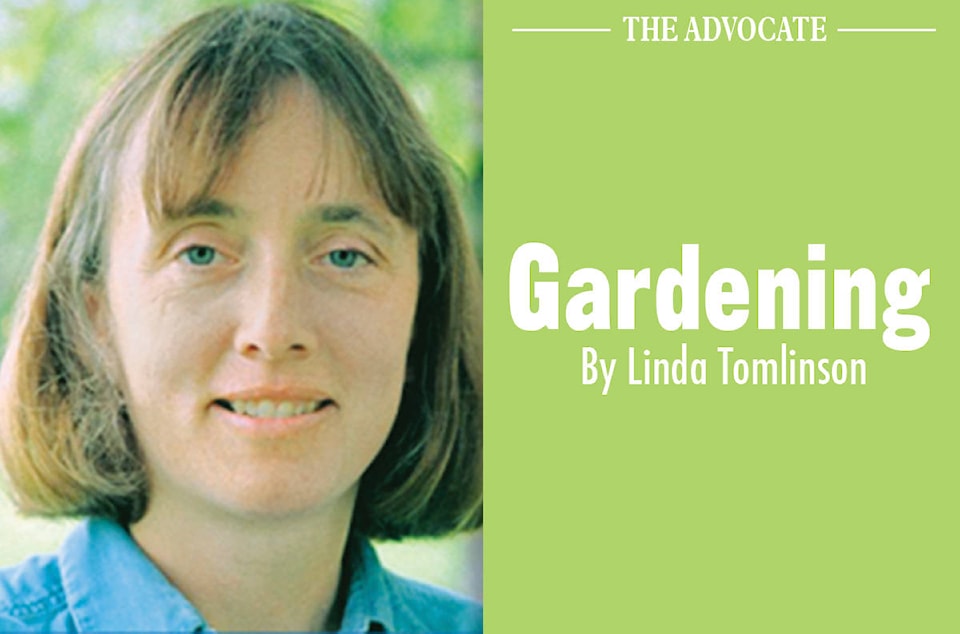The varieties of bird feeders available are endless. While purchased feeders might be more aesthetically pleasing than ones made from recycled materials, the birds don’t seem to care
Making birdfeeders can be a fun family activity for those interested in the outdoors and or crafts. Just because a bird feeder is hung and filled with food doesn’t mean that the birds will visit. It depends on the landscape. Birds tend to go places that contain trees and shrubs which provides shelter. There is also a better chance of attracting birds if there are other feeders and trees in the neighborhood.
Start by finding a bird feeder that can be completed with as little adult intervention as possible. Choosing a feeder that matches the child’s skill level is essential for success. Do not expect the feeder to be perfect the birds do not care.
Feeders are either ground feeders or ones that hang.
Ground feeders can be as simple as a tray placed on the ground or attached to a pole that is 30- 45 cm (12-18 in) off the ground. It can be made of precut wood that the children nail together or a recycled plastic tray.A busy feeder will need the seed replaced on a regular basis.
Ground feeders are best placed in snow free areas such as under evergreens. They should be 3 m (3 ft) from shrubs making it nearly impossible for a cat to hide and pounce.
Simple hanging feeders can be made from plastic buckets, large pop bottles, milk jugs or large cans. They are of a similar design that has a perch for the bird to land and a hole for the bird to stick its head through to feed.
The easiest way to make a perch is to poke a hole in the front and back of the object and push the dowel through. Chances are that the dowel will not go through the center of the object but as long as it is under the feeding hole, it will work well.
The distance between the perch and hole will dictate what types of birds can feed. If the perch is close to the hole it will attract small birds as larger birds will not be able to perch and eat. Larger holes will allow more types of birds to access the seeds..
The holes must be large enough to allow a bird to stick its head in to eat. But not too large as it will allow seed to fall out when it is windy.
The higher the hole, the more feed he container will hold but if the hole is too high the bird will not be able to reach the feed when the seed level is low.
Sharp scissors usually work for cutting holes in plastic and cardboard containers. The softer the plastic the easier it will be to cut and the less chances there will be of sharp edges. X acto knives can be used by children but it will require more supervision.
Once the child has completed cutting the hole, check the edges and remove all sharp areas that could injure the birds.
Younger children that have trouble cutting plastic will be more successful using a cardboard milk carton. Do not expect the finished project will not last more than a season.
To hang a bird feeder attach a string around the top of the container or poke holes and thread the string through two holes on the top of the container. Before filling the feeder with seed, adjust the cord until the feeder hangs straight.
Hanging feeders sway when a bird lands. The movement is very slight for a small bird but it can swing rapidly when a large bird lands which usually causes them to fly away immediately.
Place the feeder in an area that it can be easily seen from the window as the bird’s antics can be entertaining. To avoid the bird hitting windows place the feeder either within 1 meter (3 ft) of the window or more than 4 m (13 m) away from the window..
Sunflowers seeds are the seed of choice for many birds in Central Alberta but other food such as Nygur, canola millet, corn and nuts will attract different varieties of birds. For more information look to books published by local author Myrna Pearman: NatureScape Alberta and Backyard Bird Feeding.
Linda Tomlinson is a horticulturalist that lives near Rocky Mountain House. She can be reached at your_garden@hotmail.com
